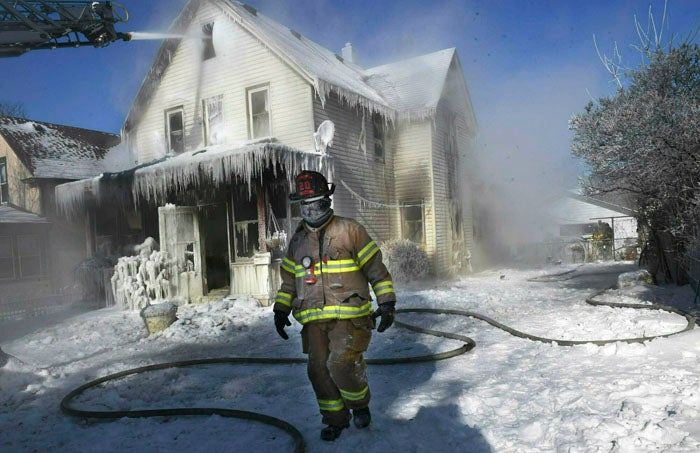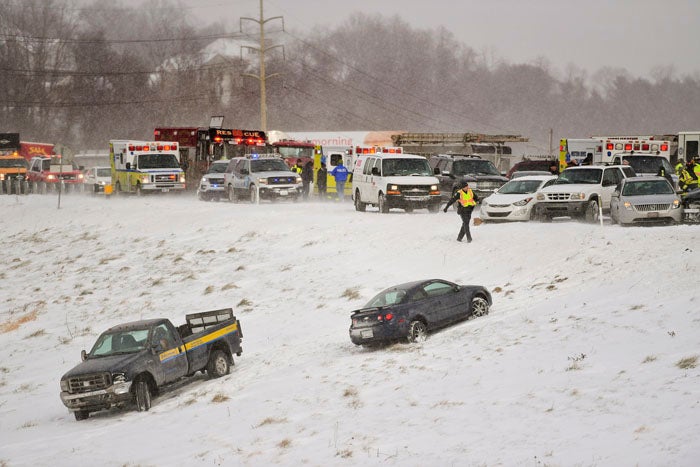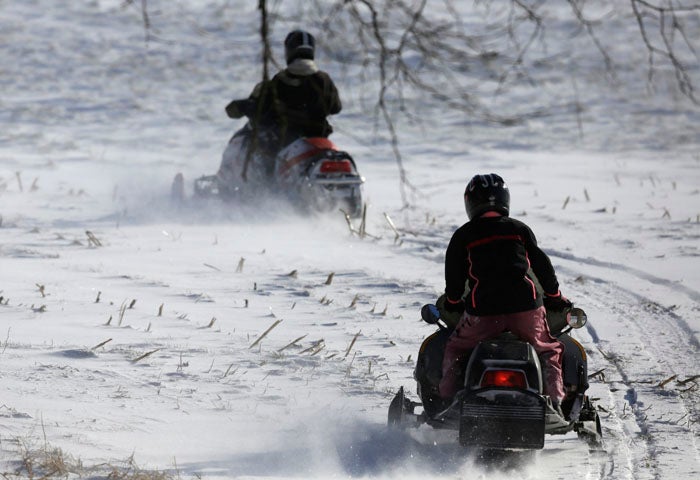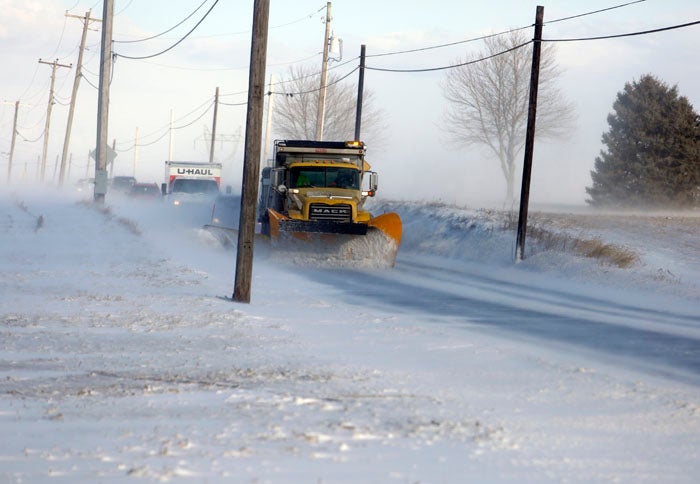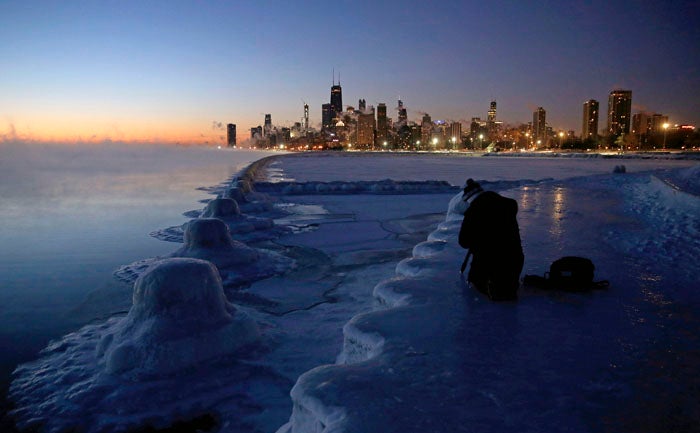Midwest awaits spring-like thaw just days after bitter cold
Published 5:19 pm Friday, February 1, 2019
By Tammy Webber and Jeff Karoub
Associated Press
CHICAGO — The bitter cold that gripped the Midwest forced commuters to bundle up like polar explorers. By early next week, many of those same people might get by with a light jacket.
Just days after the arctic conditions, the region will seemingly swing into another season, with temperatures climbing by as much as 80 degrees, according to forecasters. Experts say the rapid thaw is unprecedented, and it could create problems of its own: bursting pipes, flooding rivers and crumbling roads.
“I don’t think there’s ever been a case where we’ve seen (such a big) shift in temperatures” in the winter, said Jeff Masters, meteorology director of the Weather Underground firm. “Past record-cold waves have not dissipated this quickly. … Here we are going right into spring-like temperatures.”
The temperature finally creeped above zero degrees in Minneapolis and Chicago early Friday. In western North Dakota, the temperature in Dickinson climbed above freezing by midmorning — a jump of nearly 60 degrees compared to Tuesday’s low of negative 17 degrees.
“Over the past week or so, we’ve had strong northerly winds bringing cold arctic air out of Canada — but that has all changed today,” National Weather Service meteorologist Adam Jones said Friday. “We’ve got westerly winds bringing in more mild Pacific air.”
The warmer air continues to move east, though many places in the Northeast remained painfully cold Friday. The wind chill in some parts of New York was expected to be as low as minus 20 degrees.
Schools remained closed in Buffalo, New York, but students headed back to school in other parts of the Midwest. Educators in Fargo, North Dakota, were busy Thursday after two days of canceled classes. For Superintendent Rupak Gandhi, who came to Fargo last summer from Colorado, this week has been “a personal new.”
“I’ve had experience with cold and snow days, but negative 50? Absolutely not,” he said.
The dangerously cold and snowy weather is suspected in at least 18 deaths, including a man found frozen in his backyard Thursday in suburban Milwaukee and a man who died Friday after rear-ending a salt truck in Indiana.
But relief from the bitter Midwestern cold is as close as the weekend. Rockford, Illinois, was at a record-breaking minus 31 degrees on Thursday morning but should be around 50 degrees on Monday. Other previously frozen areas could see temperatures of 55 degrees or higher.
The dramatic warm-up will offer a respite from the bone-chilling cold that canceled school, closed businesses and halted trains. But potholes will appear on roads and bridges weakened by the freeze-thaw cycle. The same cycle can crack water mains and homeowners’ pipes. Scores of vehicles will be left with flat tires and bent rims.
Joe Buck, who manages Schmit Towing in Minneapolis, said he’s already taking calls for Monday to deal with a backlog of hundreds of stalled vehicles.
In Detroit, where some water mains are almost 150 years old, city workers were dealing with dozens of breaks, said Palencia Mobley, deputy director of the Detroit Water and Sewerage Department. Sprinkler lines burst in two buildings at Wayne State University because of the cold.
The thawing of pipes can sometimes inflict greater damage than the initial freeze. Breaks can occur when ice inside starts to melt and water rushes through the pipe, or when water in the pipe is pushed to a closed faucet by expanding ice.
Elsewhere, a bridge in the western Michigan community of Newaygo, 40 miles north of Grand Rapids was closed as the ice-jammed Muskegon River rose above flood stage. Officials in Buffalo, New York, watched for flooding on the Upper Niagara River because of ice.
In other signs that the worst of the deep freeze was ending, Xcel Energy on Thursday lifted a request to its Minnesota natural gas customers to temporarily lower their thermostats to ease concerns about the fuel supply.
Earlier in the day, several cities set record lows, including Cedar Rapids, Iowa, which set a daily record low of minus 30 degrees.
Chicago’s temperature dropped to a low of around minus 21 degrees on Thursday, slightly above the city’s lowest-ever reading of minus 27 degrees in January 1985. Milwaukee’s low was minus 25 degrees, and Minneapolis recorded minus 24 degrees. Wind chills were lower still.
Masters, from Weather Underground, said the polar vortex was “rotating up into Canada” and not expected to return in the next couple of weeks. If it does return in late February, “it won’t be as intense.”
Still, memories of the dangerous cold were bound to linger.
In Illinois, at least 144 people visited hospital emergency rooms for cold-related injuries over two days. Most of the injuries were hypothermia or frostbite, according to a spokesman for the state Department of Public Health.
The effect on the overall economy was not expected to be that great, in part because there were no widespread power outages such as there are in a hurricane.
“People may be in their homes, but they can do things such as online shopping,” said Mark Zandi, chief economist at Moody’s Analytics. “Life goes on.”


